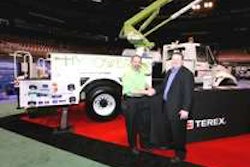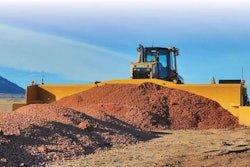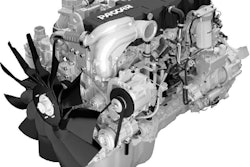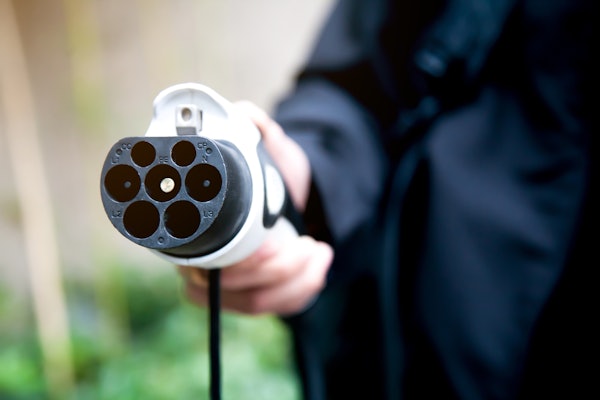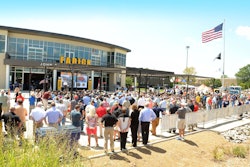An off-road Tier 4 Interim diesel engine solution without a diesel particulate filter or any exhaust after-treatment device? Equipment manufacturer JCB is developing exactly that for its mid-range construction machinery, the U.K.-based company says.
An investment of more than $120 million (US) has delivered an “industry-first” combustion solution for the JCB Ecomax T4 4.4-liter engine that eliminates the need for exhaust after-treatment.
JCB Power Systems has worked with the research and development company Ricardo, using computational fluid dynamics, finite element analysis and a Ricardo-designed combustion bowl to “perfect” the combustion process, JCB says. The latest generation of the JCB Dieselmax engine, the Ecomax is now in testing before going into production in 2012 to meet Tier 4 Interim emissions requirements.
“The expectation for the first part of Tier 4 interim/Stage 3B legislation was that to achieve these really low particulate levels you needed to fit a diesel particulate filter,” says Alan Tolley, JCB’s director of engine programs. “But when you look at that technology for our particular part of the market, namely mid-range construction equipment, we see there are some real disadvantages with that solution, in particular increased fuel consumption through increased back pressure to the engine. Also, in many applications, load cycles are light and the DPF doesn’t self-regenerate, so you have to force it to do so and it needs fuel to do it.
“Our strategy therefore has been to meet Tier 4 Interim emission standards without a DPF, but also to achieve this without any exhaust after-treatment. We have focused our research and development efforts on a high-efficiency combustion system; in other words, we have made sure we don’t create the pollutants to start with rather than try and deal with them later. This approach also gives us very low fuel consumption levels.”
The solution JCB has come up with, says Tolley, provides advantages for packaging and integration. “On machines, there is not much spare room in the engine compartment,” he says, “and we had a lot of discussion about how to optimize the machines, their design and functionality. The risk with something like Tier 4 is that, in order to package everything, you have to compromise those elements and we were not willing to do that, which is what drove us to pursue a different technology solution. One of the advantages we have as a company that makes machines and engines is that we can come up with a final machine product which is better optimized.”
With second-generation common-rail fuel injection technology, JCB explains, injection pressures have been raised to 2,000 bar and nozzle-hole geometry has been refined to provide efficient atomization and distribution of the fuel within the cylinder. JCB has incorporated variable geometry turbochargers on all but the smallest Dieselmax engine, which at about 74 horsepower falls under a different emissions regulation than most of JCB’s offering. Cooled exhaust gas recirculation is also used to clean up the exhaust gases before they are passed from the engine.
Moving to Tier 4 Interim, JCB has worked with fuel system and electronics company Delphi to develop an electronic control system designed to keep the engine within intended parameters even as the component settle throughout their design life.
Looking ahead, the JCB Tier 4 Interim engine’s structural architecture, components and systems will remain the same for Tier 4 Final regulation, “at which time exhaust after-treatment for NOx reduction may be unavoidable,” the equipment manufacturer admits.




